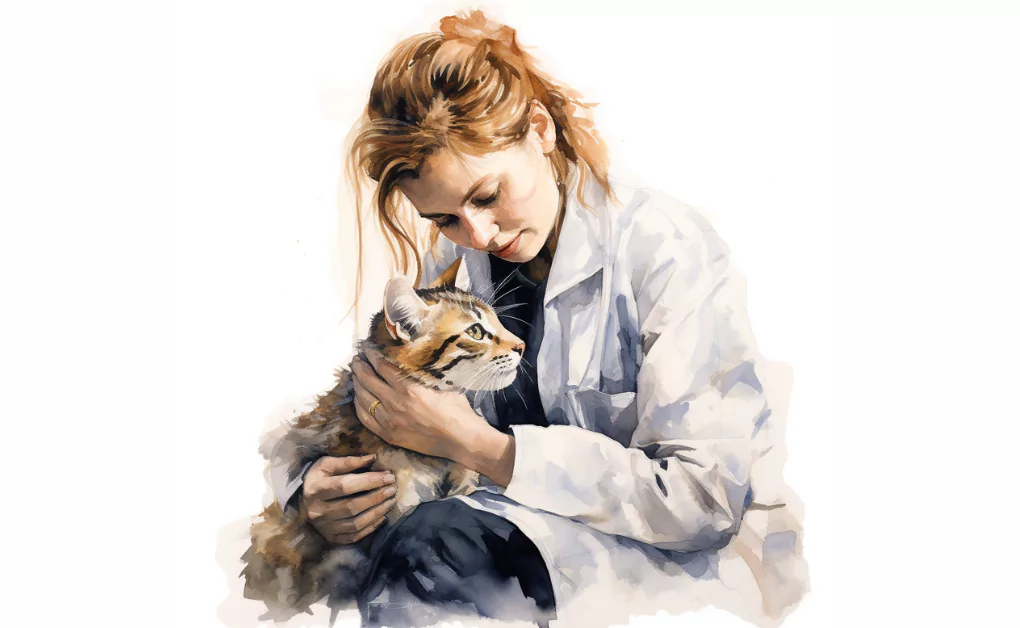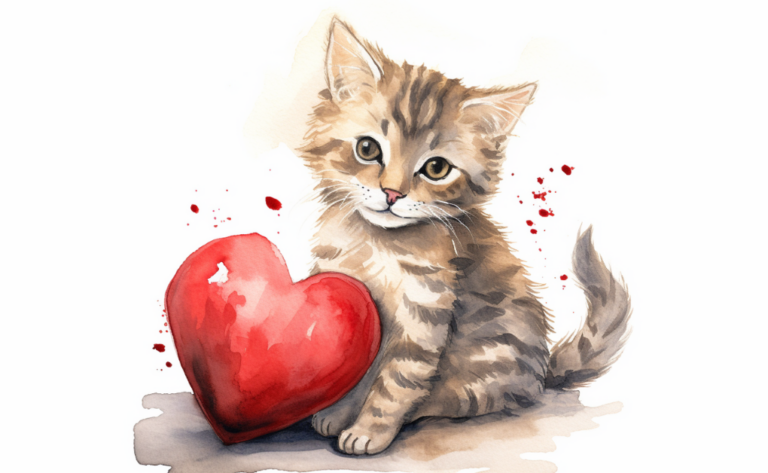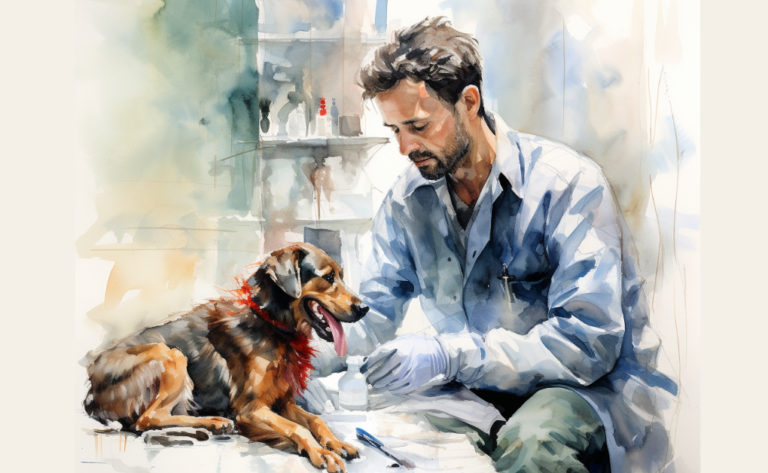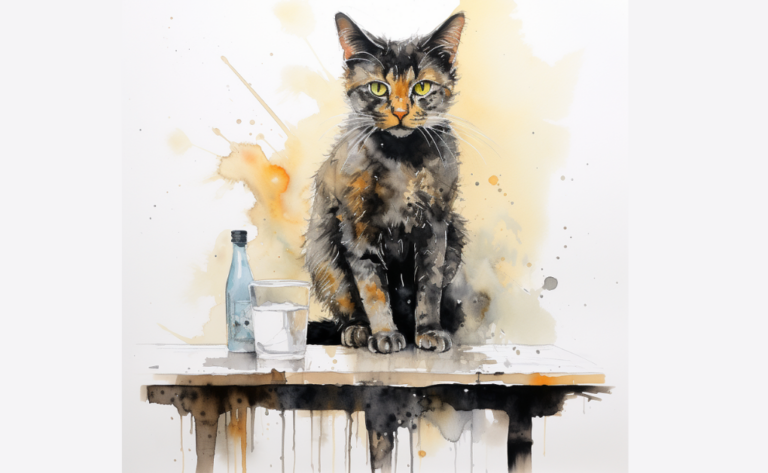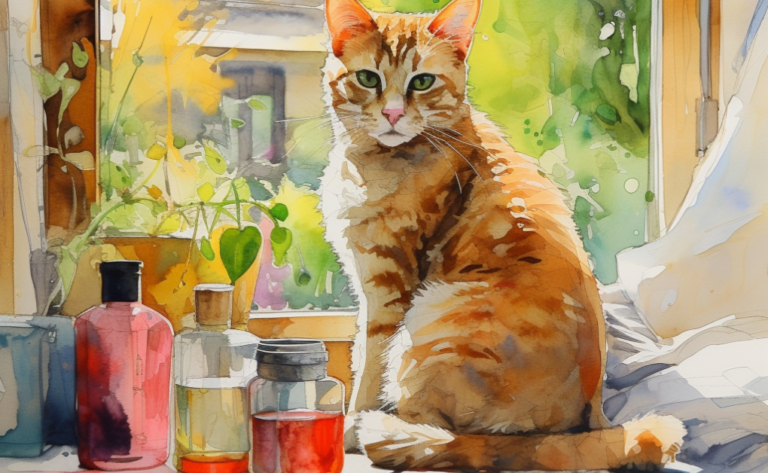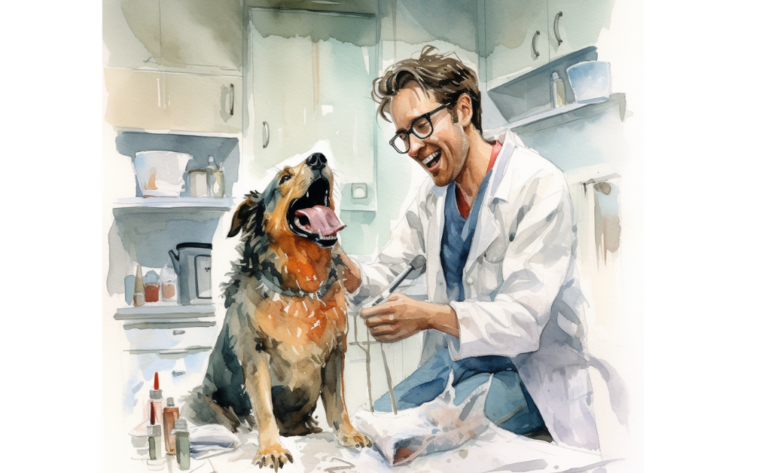What are Nasal Infections in Cats?
What is it?
How is it Treated?
Breed Predispositions
Introduction
When Lucy first adopted her rescue cat, Mr. Whiskers, she was thrilled to give him a loving home. However, after a few weeks, she noticed he started sneezing frequently and had a constant nasal discharge. Worried, she took Mr. Whiskers to the vet, where he was diagnosed with a nasal infection. Like many pet owners, Lucy was unaware of the risks and symptoms associated with feline nasal infections.
Nasal infections in cats are conditions that compromise the health of the nasal passages and the tissues around them. They arise when certain pathogens gain entry into the nasal region and start to multiply. The severity of these infections can vary and may extend to the nasal passages, sinuses, or other components of the nasal cavity. These infections often lead to inflammation, discomfort, and potential complications like nasal polyps. Cat owners must recognize signs of a nasal infection to enable swift access to appropriate veterinary care.
Addressing a nasal infection involves managing the underlying infection, offering supportive care to mitigate symptoms, and fostering the healing process of the affected nasal tissues. Problems in cats, such as chronic viral infections, can often contribute to nasal infections. These infections may impact both the upper and lower respiratory systems.
Timely intervention and continued care are key to averting further complications and reinstating the cat’s respiratory health. Whether the issue lies in the nasal passage or extends to the respiratory system, proper management can help alleviate the symptoms and improve the cat’s quality of life.
What are the Types of Nasal Infections in Cats?
Nasal infections in cats can be either acute or chronic. Various factors, including viruses, bacteria, fungi, and foreign bodies, can cause these infections. Here are the different types of both acute and chronic nasal infections in cats:
Acute Rhinitis
- Viral Infections
Feline Herpesvirus (FHV-1) and Feline Calicivirus (FCV) are the most common viruses causing acute nasal infections in cats. They are most commonly transmitted between cats through direct contact, sharing of food dishes, litter boxes, or aerosol droplets from sneezing. Kittens, elderly, and immunocompromised cats are more susceptible to these viral infections. Cats infected with these viruses often exhibit signs of upper respiratory infection, including sneezing, nasal discharge, and sometimes fever. In some cases, an acute infection may transition into a chronic infection if not adequately treated.
- Bacterial Infections
Bacterial infections are often secondary to viral infections, as the cat’s immune system becomes weakened and more susceptible to bacterial pathogens. Some common bacterial culprits include Bordetella bronchiseptica, Chlamydophila felis, and Mycoplasma species. The bacteria can be transmitted from cat to cat or can arise from the cat’s bacterial flora. These bacteria can cause nasal discharge, sneezing, and sometimes fever.
- Foreign Bodies
Foreign bodies can cause acute nasal infections when objects such as grass seeds, small toys, or other small items are inhaled into the cat’s nasal passages. Cats roaming outdoors or accessing small objects are at a higher risk. Foreign bodies lodged in the nasal passages can lead to an acute nasal infection due to the irritation and inflammation they cause. Cats may exhibit sneezing, nasal discharge, or even pawing at the nose if a foreign body is present.
Chronic Rhinitis
- Chronic Viral Infections
Chronic viral infections may develop if an acute infection with FHV-1 or FCV is not completely resolved. This can also occur due to insufficient duration of medication, the cat’s immune system not fully eliminating the virus, or repeated exposure to infected cats. The virus can persist in the cat’s body, leading to recurrent or continuous symptoms.
- Chronic Bacterial Infections
Like viral infections, bacterial infections can become chronic if the initial acute infection isn’t properly treated. The persistence of bacteria can be due to incomplete or ineffective antibiotic treatment, the resistance of the bacteria to the antibiotics used, or a weakened immune system unable to combat the bacteria fully. Chronic bacterial infections may require long-term antibiotic therapy to resolve.
- Fungal Infections
Fungal infections are more likely to cause chronic nasal infections in cats. Cats can inhale fungal spores from the environment, leading to an infection. Common fungi include Cryptococcus, Aspergillus, and Rhinosporidium. These infections often require prolonged treatment with antifungal medications.
- Dental Disease
Dental disease can lead to chronic nasal infections due to the proximity of the roots of the teeth to the nasal passages. Infection can spread from the tooth root into the nasal passage, leading to chronic symptoms. This is more common in cats with poor oral hygiene or predisposed to dental issues. Regular dental check-ups can help prevent this cause of chronic nasal infection.
The type and course of treatment depend on the underlying cause of the nasal infection, whether acute or chronic and the severity of the cat’s symptoms. Consulting with a veterinarian for a proper diagnosis and treatment plan is crucial.
Causes of Nasal Infections in Cats
Bacteria, viruses, parasites, or fungi commonly cause nasal infections in cats. One prevalent cause of chronic rhinitis, a common disease in cats, is a bacterium known as Pasteurella multocida. This bacterium resides naturally within the nasal passages of healthy cats and can become problematic when the cat inhales dust particles harboring it.
These bacterial organisms enter through the nose, multiplying within the mucous membranes that line the nostrils. This can happen when cats lick their faces or sniff at foreign substances. Fungi also regularly contribute to instances of feline allergic rhinitis.
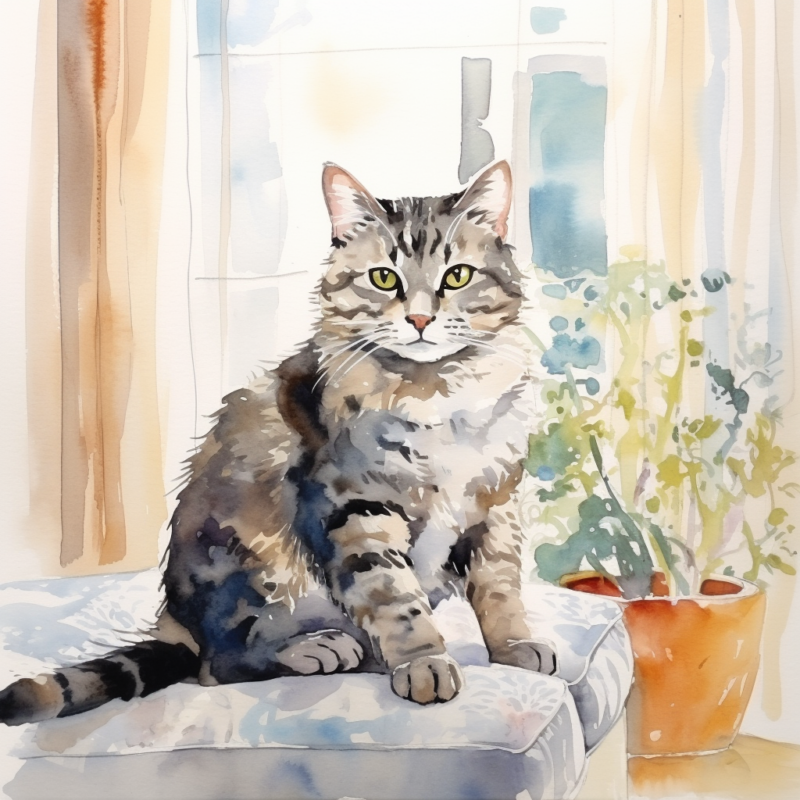
Spores from these fungi are inhaled and can proliferate within a cat’s sinuses. Parasitic infections involving protozoans like Toxoplasma gondii or worms such as hookworms and fleas can also compromise the nasal passages.
A feline upper respiratory tract infection could be the culprit if your cat exhibits symptoms such as a runny nose, sneezing, coughing, or discharge from their eyes, nose, mouth, ears, or rear. This condition can present independently or with chronic symptoms related to secondary bacterial infections.
Chronic URT disease in cats often results in chronic nasal infections typified by recurring nasal tissue inflammation and swelling episodes. This can lead to difficulty in breathing through the nose. Cats with persistent infections may require treatment with antibiotics, antihistamines, corticosteroids, or decongestants, although some respond well to homeopathic remedies.
Additional nasal and sinus complications can include:
- nasal tumors
- polyps
- abscesses
- cysts
- frontal sinus issues.
Among these, nasal lymphoma is particularly concerning. Dental diseases can also contribute to nasal infections; occasionally, nasal foreign bodies may be the cause. Conditions such as idiopathic rhinitis are common causes of chronic rhinitis and often present with mucopurulent nasal discharge.
Veterinarians should check your cat’s nose and sinuses during routine exams and may use X-rays, endoscopy, or computed tomography scans to diagnose these problems. Some viral infections, like the feline herpes virus infection or feline immunodeficiency virus, can also cause nasal infections.
Symptoms and Clinical Signs of Rhinitis and Sinusitis in Cats
Symptoms of sinusitis and rhinitis in cats frequently overlap as both conditions cause inflammation within the nasal passages. Infected cats often exhibit the following symptoms:
- Nasal Discharge: Infected cats may have runny nose and eyes. The discharge can range from clear to mucus-like to purulent (containing pus) and sometimes tinged with blood. The discharge may stem from one side of the cat’s nose (unilateral) or both (bilateral).
- Sneezing: Excessive sneezing is a common symptom in cats suffering from rhinitis or sinusitis.
- Nasal Congestion: Congestion can result in noisy breathing or the necessity to breathe through the mouth. In some cases, the congestion may affect the back of the nose.
- Reduced Appetite: Discomfort and a decreased sense of smell may lead to affected cats eating less than usual.
- Facial Pain or Discomfort: Cats may paw at their faces or resist facial touch due to pain or discomfort.
- Nasal Area Swelling: This is particularly common in sinus infection cases. Swelling around the cat’s nose may be observed.
- Oral Ulcers: Ulcers on the tongue or gums are more prevalent in cases of viral or bacterial infections.
- Fever and Lethargy: In addition to the cat’s symptoms, some cats may display general signs of illness, such as lethargy and fever.
Remember, seeking professional veterinary consultation for an accurate diagnosis and suitable treatment plan is vital if your cat exhibits any of these symptoms.
Diagnosis of Chronic Upper Respiratory Tract Disease in Cats
Diagnosing rhinitis and sinusitis in cats involves a combination of clinical signs, medical history, and various diagnostic tests. The process is as follows:
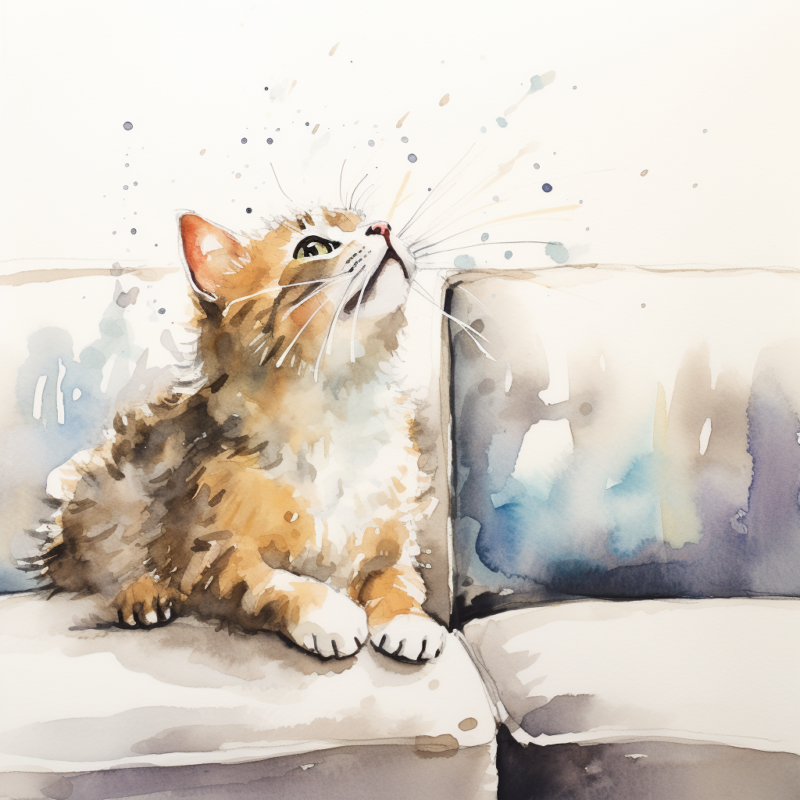
Clinical Examination
The vet will start by performing a thorough physical examination of your cat. They will look for clinical signs such as nasal discharge, facial swelling, signs of dental disease, and other indications of upper respiratory illness. Affected cats may display a variety of these symptoms.
History
The vet will also ask about your cat’s medical history, including the duration and severity of symptoms, whether symptoms are persistent or intermittent, whether your cat goes outdoors, and any previous treatment that may have been given. This is particularly important in the investigation of chronic symptoms.
Diagnostic Tests
After the initial examination and gathering of history, several diagnostic tests might be conducted:
- Nasal Swabs and Culture: Nasal swabs can be taken for cytological examination and culture. This can help identify the bacteria, viruses, or fungi causing the infection.
- Blood Tests: These are done to evaluate your cat’s overall health and identify underlying conditions that could compromise the immune system.
- Radiographs (X-rays) and Radiation Therapy: X-rays of the head can be done to evaluate the condition of the sinuses and to check for signs of chronic inflammation, polyps, tumors, or foreign bodies. In some cases where nasal cancer is suspected, radiation therapy may be planned, which makes imaging crucial.
- Rhinoscopy and Nasal Biopsy: A procedure in which a small camera is inserted into the nasal cavity to visualize the inside of the nose. This can identify foreign bodies, polyps, tumors, or other abnormalities. A nasal biopsy may be taken for further examination under a microscope if a mass or abnormal tissue is identified during rhinoscopy.
- Dental Examination: Given that dental diseases can sometimes lead to sinusitis, a thorough dental exam may be performed, potentially including dental X-rays.
These diagnostic procedures aim to identify the underlying cause of the rhinitis or sinusitis, guide appropriate treatment, and rule out other diseases that can cause similar symptoms. The diagnostic approach may vary based on the individual cat and the clinical judgment of the vet.
Treatment for Nasal Infections in Cats
Treating rhinitis and sinusitis in cats often depends on the underlying cause. Still, generally, it involves addressing the symptoms, supporting the cat’s overall health, and treating the primary cause if identified. Here are some common treatments:
Antibiotics
Antibiotics are used when bacterial infections are identified as the underlying cause of rhinitis or sinusitis or when secondary bacterial infections complicate a viral or fungal infection. These drugs are chosen based on the type of bacteria in the nasal cavities, as identified by bacterial culture and sensitivity testing. Often, a broad-spectrum antibiotic is initially used until culture results are available. Treatment duration can vary, but it is usually a few weeks.
Antifungals
In cases where fungal infections are causing damage to the nasal passages, antifungal medications, such as itraconazole or fluconazole, are used. These treatments often last several weeks to months due to the stubborn nature of fungal infections.
Antivirals
Antiviral medications like famciclovir can be prescribed if a viral infection like feline herpesvirus is the underlying cause of the respiratory illness. These medications can help control the virus, reduce associated inflammation, and help restore the health of the lining of the nasal passages.
Nasal Decongestants
Nasal decongestants or antihistamines may be prescribed to alleviate nasal congestion. These medications reduce swelling and inflammation in the nasal passages, improving airflow and helping the cat breathe more comfortably.
Fluid Therapy
Fluid therapy, administered subcutaneously or intravenously, can help prevent dehydration in cats that have lost their appetite due to respiratory illness. It also helps to thin secretions, alleviating congestion within the nasal cavities.
Anti-Inflammatory Medication
Anti-inflammatory medications such as corticosteroids can reduce inflammation and swelling in the damaged nasal passages and sinuses, improving airflow and relieving discomfort. However, these medications should be used cautiously due to potential side effects, especially long-term use.
Nasal Flush
A nasal flush is a procedure that is typically done under general anesthesia. It involves inserting a catheter into the nasal cavity and flushing with a sterile saline solution. This helps remove mucus, pus, or foreign bodies that may contribute to inflammation and congestion.
Surgery
Surgery may be necessary in cases where polyps, tumors, or severe structural abnormalities are causing the symptoms. The type of surgery will depend on the specific issue at hand. For instance, a rhinotomy (surgical nose opening) may be performed to remove a tumor.
Dietary Changes
Dietary changes may be necessary in some cases, especially if the cat has lost its appetite due to a diminished sense of smell caused by the illness. Warm, aromatic foods can often appeal to cats with this condition. In severe cases, a feeding tube may be needed to ensure the cat receives adequate nutrition while recovering.
The prognosis can vary widely depending on the underlying cause; in some cases, lifelong treatment may be necessary to manage the symptoms. Treatment can be quite prolonged in many cases and may require a combination of these approaches.
Prevention of Rhinitis and Sinusitis in Cats
To help prevent nasal infections in cats, owners can take the following measures:
Vaccination
Vaccinations are the first line of defense against many infections, including those that can cause upper respiratory diseases, which may lead to rhinitis and sinusitis. Regular vaccination can protect common infectious agents like feline herpesvirus and feline calicivirus.
Regular Vet Check-ups
Regular vet check-ups are crucial in the early detection and prevention of potential health issues. These check-ups should include dental checks, as dental disease can contribute to sinusitis and rhinitis.
Indoor Lifestyle
Keeping your cat indoors can significantly reduce its exposure to infectious agents. Outdoor cats are more prone to fight with other cats, which can result in wounds and infections. They are also more likely to be exposed to various pathogens that could lead to respiratory infections.
Balanced Diet and Hydration
A balanced diet ensures your cat’s immune system is in good shape to fight infections. Hydration is also vital, especially for cats with a history of respiratory issues, as it helps to keep the nasal passages moist and reduces the risk of irritation and inflammation.
Clean Environment
Keeping your cat’s environment clean can help prevent the spread of infectious agents. This includes regularly cleaning food and water bowls, litter boxes, and bedding. Additionally, if you have multiple cats, ensuring each has its own bowls and litter boxes can help prevent the spread of infections.
Avoid Exposure to Smoke and Other Irritants
Exposure to smoke, dust, and strong odors can cause or exacerbate cat respiratory issues. Try to keep your cat’s environment free from these irritants as much as possible.
Remember that while these preventative measures can reduce the risk, they cannot eliminate it. Regular veterinary care remains essential to monitor your cat’s health and treat any issues as early as possible.
Frequently Asked Questions
Disclaimer: The information provided on this veterinary website is intended for general educational purposes only and should not be considered as a substitute for professional veterinary advice, diagnosis, or treatment. Always consult a licensed veterinarian for any concerns or questions regarding the health and well-being of your pet. This website does not claim to cover every possible situation or provide exhaustive knowledge on the subjects presented. The owners and contributors of this website are not responsible for any harm or loss that may result from the use or misuse of the information provided herein.

